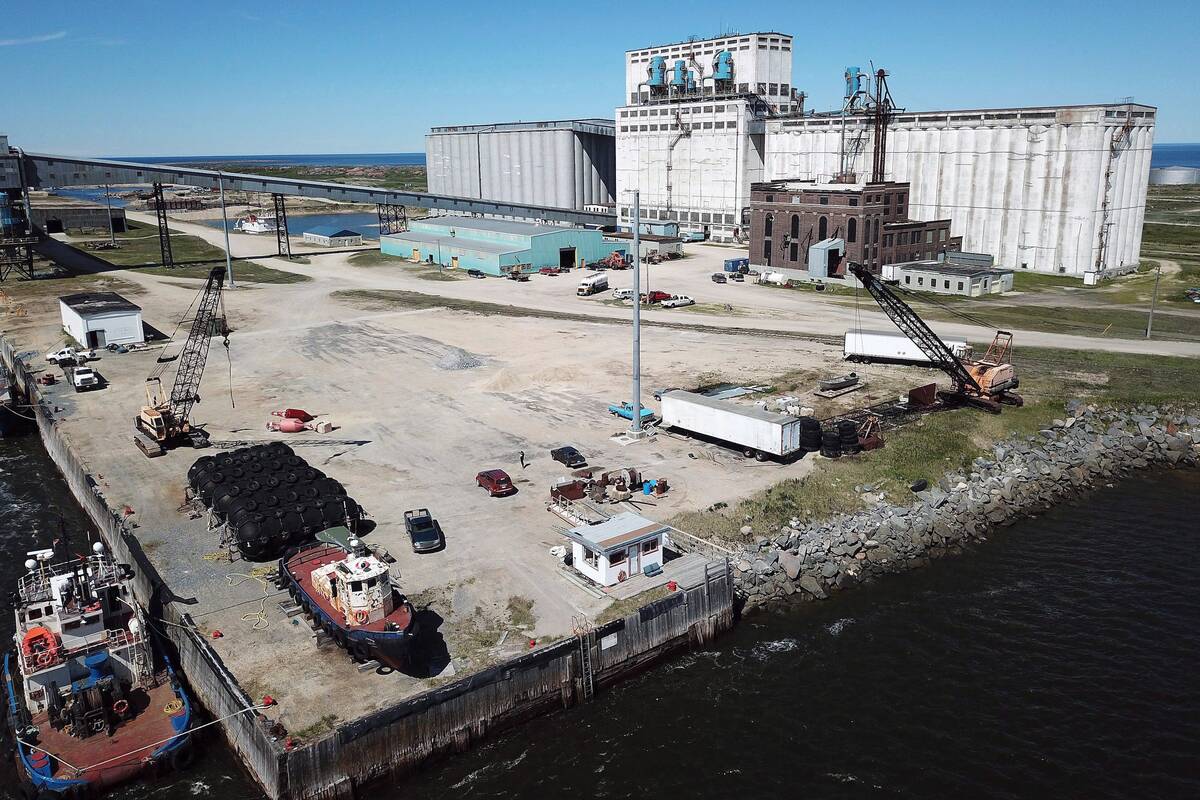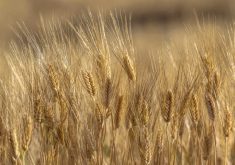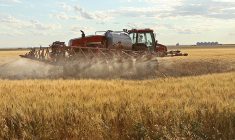A 2024 product advisory from Keep it Clean is missing two names previously featured on a list of high-risk crop protection products.
Keep it Clean is a joint initiative of the Canola Council of Canada, Cereals Canada, Pulse Canada and the Prairie Oat Growers Association. The group releases an annual product advisory with information on potential market risks associated with agrochemical use.
Sethoxydim, a post-emergent herbicide, is one of the products removed, largely because BASF stopped making the product.
Read Also

New Crown-Indigenous partnership to spearhead Churchill expansion
Province announces new Manitoba Crown-Indigenous Corporation to co-ordinate Port of Churchill Plus revamp, bolster northern development and trade
Chlorothalonil, a fungicide active ingredient, was the other removal. It was added to the list a few years ago, after the European Union prohibited all agricultural use of the product and dropped the maximum residue limit (MRL) to a default level of 0.01 parts per million.
MRLs are the legally permitted amount of pesticide residue that can remain in or on food and feed products.
“At the time, we didn’t have much real-world data to understand what the potential trade risk was,” said Greg Bartley, Pulse Canada’s director of crop protection and crop quality. “So, it was more of a precautionary approach to make sure that we aren’t causing unnecessary trade concerns.”
After residue testing at the farm level, the organization considered the risk to be virtually nonexistent.
“It shows that even if farmers are using this product according to label directions, it doesn’t cause a trade concern,” said Bartley. “This gives us enough confidence to remove (clorothalonil) from the advisories, which is always good news.”
But the product isn’t out of the woods yet. A proposal to ban all uses of chlorothalonil is being reviewed by Canada’s Pest Management Regulatory Agency, which started looking into the chemical shortly after the EU ban. Bartley said the PMRA will likely announce its decision this year.
“We’re watching that one closely,” he said, adding that the product is important to pulse growers.
Keep it Clean’s 2024 Product Advisory contained no new products on its list for cereals this year, and it hasn’t made any changes to advisories for other crops since last year’s release.
















